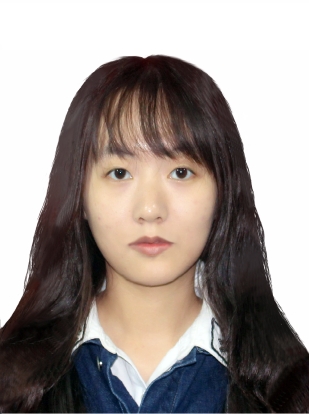 I received my B.Eng. from Remote Sensing Information and Engineering School, Wuhan university in 2017, and Ph.D. from Electronic Information School, Wuhan University in 2023.
I received my B.Eng. from Remote Sensing Information and Engineering School, Wuhan university in 2017, and Ph.D. from Electronic Information School, Wuhan University in 2023.
I was also a visiting student at School of Electronic Engineering and Computer Science (EECS) of Queen Mary University of London between 2021 and 2022, where I am currently a Postdoctoral Researcher since 2024 (Remotely started from 09/2023).
📧 Email: x.xiaoxia@qmul.ac.uk
🔗 Google Scholar
My research focuses on wireless communications and AI, including
- Emerging antennas (pinching antenna system (PASS)/RIS) and multiple access techniques
- AI & machine learning driven optimization
- Large model over wireless network (mobile edge generation (MEG))
🗓️ Recent News
- [2025-06-11] A talk is delievered at IEEE ICC 2025 in Canada on deploying large model at the edge based on the novel concept of generation splitting. [Conference & journal papers to be appear soon] [Slides] [Demo Code]
- [2025-04-30] Preprint “Pinching-Antenna Systems (PASS): Power Radiation Model and Optimal Beamforming Design” is submitted. We also release the reproducible code 🚀 [arXiv] [Code]
- A novel pinch-wise power radiation control model for pinching antenna
- Globally optimal pinching beamforming and digital beamforming algorithm for discrete PASS activation
- A low-complexity pinching beamforming and digital beamforming algorithm based on many-to-many matching theory, which achieves real near-optimal performance through our experiments
- [2025-03-26] Paper “Accelerating Mobile Edge Generation (MEG) by Constrained Learning” is accepted by IEEE Transactions on Cognitive Communications and Networking! 🎉 [Paper] [arXiv] [Dataset] [HuggingfacePipeline] [Code]
- A novel joint compression framework to accelerate large model execution for AIGC generation at mobile devices, which optimizes compression ratios of both diffusion steps and transmitted features to achieve tradeoffs between generation quality and latency.
- Verified mathematical models of both latency and energy consumption using the proposed collaborative generation framework.
- An offline distillation mechanism that trains a backbone distributed stable diffusion XL model to support various compression ratios.
- A constrained deep reinforcement learning algorithm that optimizes compression ratios in online channel environment, which maximizes the generation quality and stringently guarantees end-to-end latency and energy consumption constraints.
- [2025-02-12] Preprint “Joint Transmit and Pinching Beamforming for Pinching Antenna Systems (PASS): Optimization-Based or Learning-Based?” is submitted. [arXiv]
- Sum rate maximization for (continuous) pinching antenna system (PASS) by jointly optimizing pinching beamforming (achieved by configuring pinching antenna positions) and transmit beamforming
- A mathematical optimization based joint pinching beamforming and transmit beamforming design via MM-PDD algorithm
- A machine learning based pinching beamforming and transmit beamforming design via KKT-guided Transformer
- [2025-01-30] Co-authored preprint “Pinching antenna systems (PASS): Architecture designs, opportunities, and outlook” is submitted. [arXiv]
- [2025-12-30] Co-authored preprint “Diffusion Model for Multiple Antenna Communications” is submitted. [arXiv]
- [2025-12-18] Preprint “Large Model at Edge: An Optimal Mobile Edge Generation (MEG) Design” is submitted.
- [2024-12-12] A talk is delievered at IEEE GlobeCOM 2025 in South Africa on accelerating large model based mobile generation.
- [2024-12] Paper “Generative Artificial Intelligence for Mobile Communications: A Diffusion Model Perspective” is accepted by IEEE Communications Magazine! 🎉 [Paper] [arXiv] [Code]
- [2024-09] Paper “Mobile Edge Generation-Enabled Digital Twin: Architecture Design and Research Opportunities” is accepted by IEEE Communications Magazine! 🎉 [Paper] [arXiv]] [Code]
![]() I received my B.Eng. from Remote Sensing Information and Engineering School, Wuhan university in 2017, and Ph.D. from Electronic Information School, Wuhan University in 2023.
I received my B.Eng. from Remote Sensing Information and Engineering School, Wuhan university in 2017, and Ph.D. from Electronic Information School, Wuhan University in 2023.